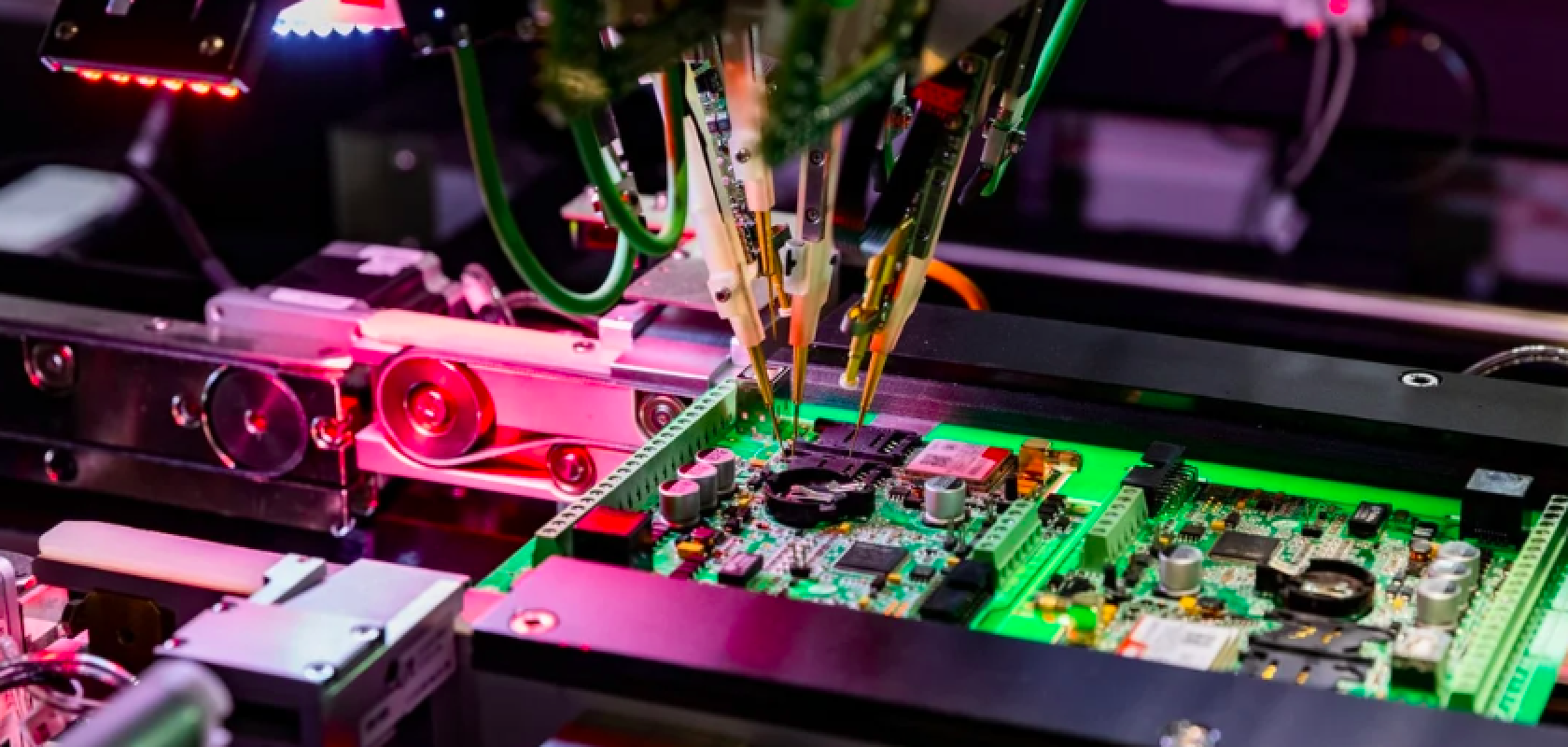Scientists from the Centre for Brain-Inspired Computing Research (CBICR) at Tsinghua University in China have successfully created the world’s first brain-inspired vision chip, capable of sensing 10,000 frames per second, as reported in Nature.
The vision chip, called Tianmouc, has earned the acclaim of the ‘world’s fastest vision chip’ because of its sensing capabilities. The chip overcomes the performance bottlenecks of traditional visual sensing paradigms, while also efficiently handles various extreme scenarios, ensuring system stability and safety.
Introducing precise recognition and rapid response
Developed by researchers at CBICR, the chip is said to bring human eye-like perception to machines, while reducing bandwidth by 90%.
Shi Luping, a professor at CBICR and the project leader, commented: “This is a perception chip, not a computational one, based on our original technical route.”
Such performance is made possible due to the introduction of a complementary sensing paradigm inspired by the human visual system. This paradigm involves breaking down visual information into basic representations and then combining these to create two distinct pathways: one for precise cognition and another for rapid response. Tianmouc has allowed the researchers to realise this paradigm through the incorporation of a hybrid pixel array and a parallel-and-heterogeneous readout architecture.
Shi Luping added: “Firstly, it [Tianmouc] balances speed and dynamic performance in vision chips and introduces a novel computational method that diverges from existing machine vision strategies. Secondly, this approach mimics the human visual system’s dual pathway, enabling decision-making without complete clarity.”
Together with high-performance software and algorithms, this has allowed the scientists to validate its performance on a vehicle-mounted perception platform operating in open environments. For example, in extreme scenarios, the chip is able to demonstrate low-latency, high-performance real-time perception, making it suitable for applications in the field of intelligent unmanned systems.
Opening up new avenues of opportunity
The chip's capabilities have generated excitement among the researchers who see it as a breakthrough in the field of visual sensing chips. They claim this is because the technology provides strong technological support for the advancement of intelligent revolution, while also opening new opportunities for applications, such as autonomous driving and embodied intelligence.
The researchers stated: “We demonstrated the integration of a Tianmouc chip into an autonomous driving system, showcasing its abilities to enable accurate, fast and robust perception, even in challenging corner cases on open roads.”
Together with CBICR’s established technological foundation in brain-inspired computing chips like ‘Tianjic,’ toolchains, and brain-inspired robotics, Tianmouc will further enhance the brain-inspired intelligence ecosystem, furthering the progress of artificial general intelligence.
Lead image: Emergent Vision Technologies


